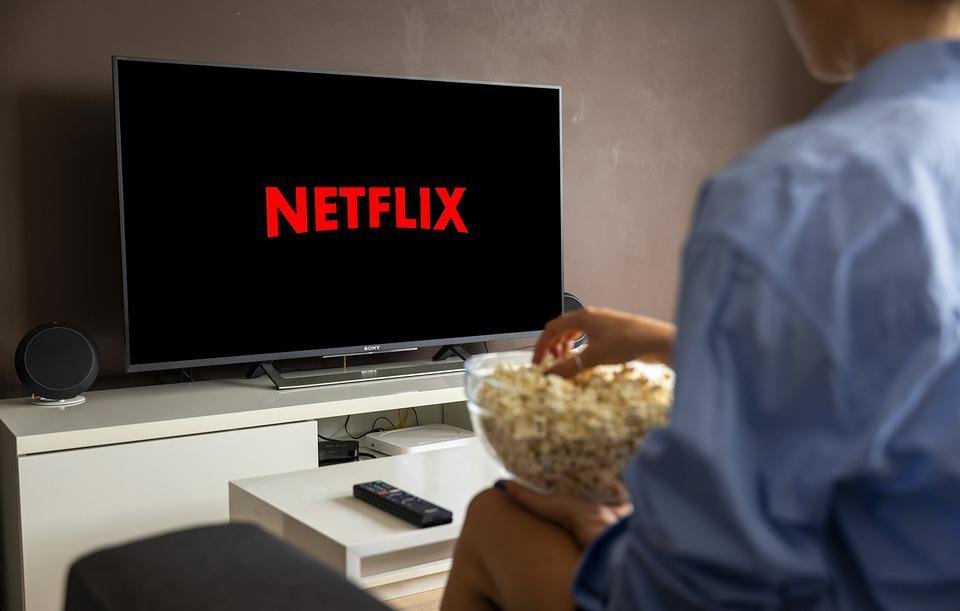Netflix will hold off on the launch of its ad supported subscription tier until sometime in 2023, it has been revealed.

Earlier this month Netflix revealed it is partnering with Microsoft Corp. to deliver ads through its platform, with the Redmond-based firm described as Netflix’s technology and sales partner.
Netflix executives confirmed the plans during the company’s second quarter earnings report this week, when they revealed that the streaming giant had lost more than 970,000 subscribers over the previous three months.
The report detailed Netflix’s plans for the launch of its ad-supported tier. Netflix officials said they’re targeting the launch “around the early part of 2023”. At the same time, they said the company is investing heavily to expand its “multi-billion advertising business into premium television video”.
Executives went on to say that Netflix would be targeting “Premium CPMs from brand advertisers”. CPM refers to “cost per thousand impressions”, which is a marketing term used to describe how much an advertiser pays per one thousand ad impressions on a web page. For instance, if a website charges $2 per CPM, the advertiser is required to pay $2 for every 1,000 times that ad is shown to someone. Google’s average CPM is around $2.80, so if that can be taken as a benchmark then it seems Netflix may be hoping to charge more than that.
Netflix, who said it will likely launch the ad-supported tier in a “handful of markets where advertising spend is significant”, was very optimistic over its plans.
“Over time our hope is to create a better-than-linear TV advertisement model that’s more seamless and relevant for consumers, and more effective for our advertising partners,” Netflix CFO Spencer Neumann said. “While it will take some time to grow our member base for the ad tier and the associated ad revenues, over the long run we think advertising can enable substantial incremental membership and profit growth.”
Of course, introducing an ad-supported tier with a lower price isn’t a wholly revolutionary idea in the video streaming business. Rivals including HBO Max, Hulu, Paramount Plus and Peacock already offer cheaper access to their services, supported by ads. But Netflix clearly believes it can do ads better than those rivals.
It remains to be seen how many consumers will be willing to sit and watch the ads interrupt their streaming simply to save a few quid, though. Add to that, it seems that the occasional interruption won’t be the only downside to Netflix’s cheapest plan. That’s because Sarandos admitted that the ad-supported subscription option won’t include every movie and TV show available in its library.
"Today, the vast majority of what people watch on Netflix, we could include in the ad-supported tier today," Sarandos said. "There are some things that [wouldn't be included] – that we are in conversation with the studios on – but if we launched the product today, the members in the ad tier would [still] have a great experience. And we will clear some additional content, but certainly not all of it.”
Netflix has already said that originals such as Stranger Things and Bridgerton will be included in the ad-supported tier, so there’s no worry on that score. The problem, according to the Wall Street Journal, is that Netflix is being forced to negotiate with studios such as Universal, Warner Bros. and Sony Pictures Television to be able to broadcast ad-supported versions of licensed content such as You, Russian Doll, Cobra Kai and The Crown.
The negotiations are currently ongoing, and it seems likely that Netflix will eventually agree to some sort of deal. We imagine Netflix should also ensure it has the rights to stream older, but still popular shows like Breaking Bad to its ad-watching viewers. However, it may well be that some of the less popular, off-beat films and shows produced by smaller studios are excluded from the deal.
Add to that, Netflix offers a different library for every region it operates in due to the peculiarities of its licensing deals. Therefore, it's hard to say what titles might be missing from the ad-supported tier.